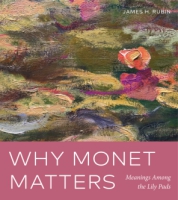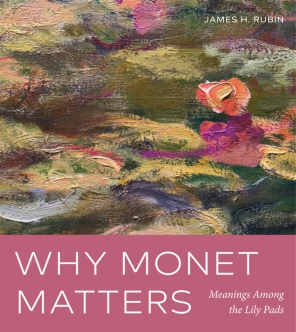Why Monet Matters
Meanings Among the Lily Pads
James H. Rubin
“This impressive book is a valuable contribution to the scholarship on Monet and later nineteenth- and early twentieth-century French art and culture more broadly. By the end of it, readers will have a far richer understanding of the manifold ways that Monet’s late work intersects with major artistic, political, and philosophical currents of the period.”
- Media
- Description
- Reviews
- Bio
- Table of Contents
- Sample Chapters
- Subjects
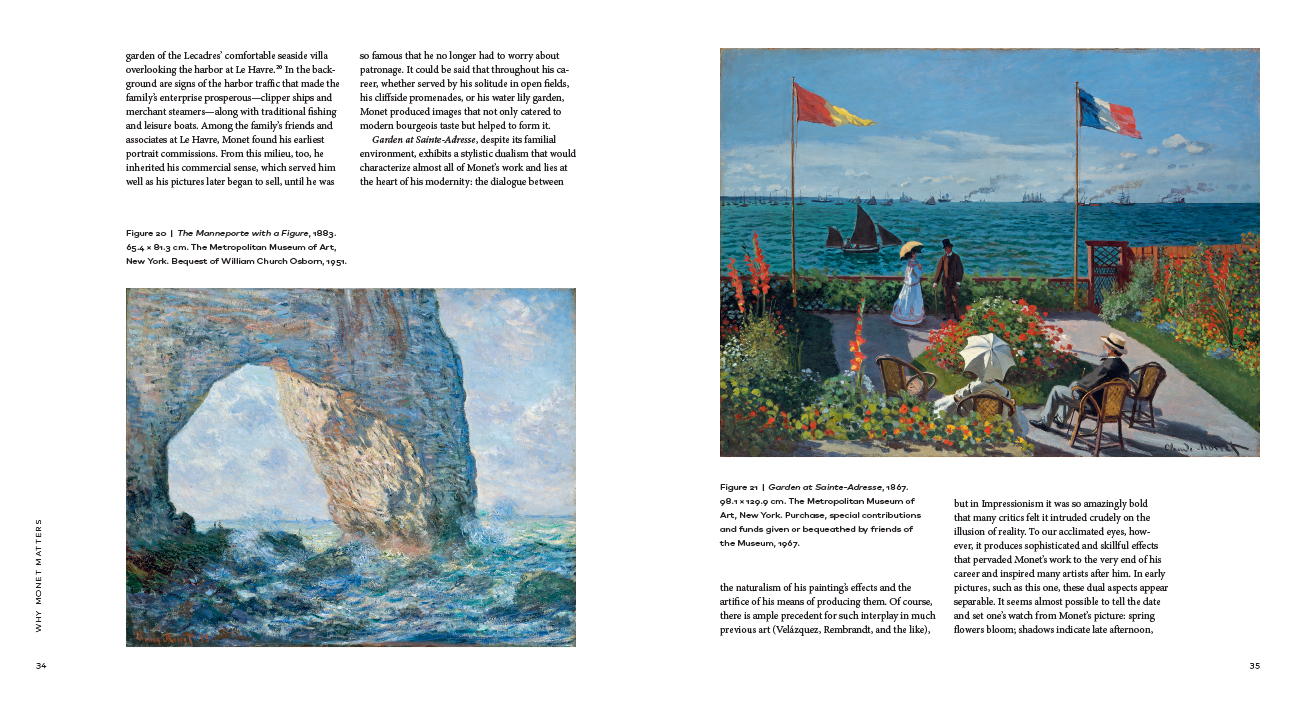
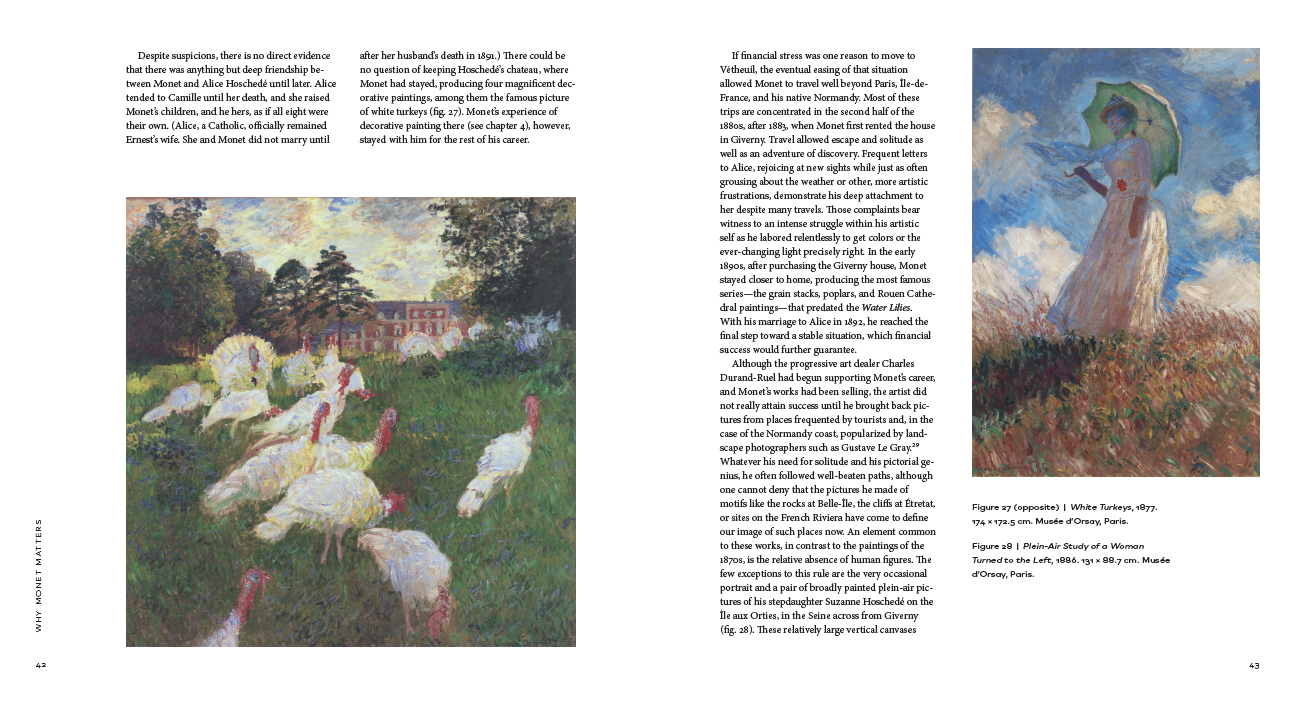
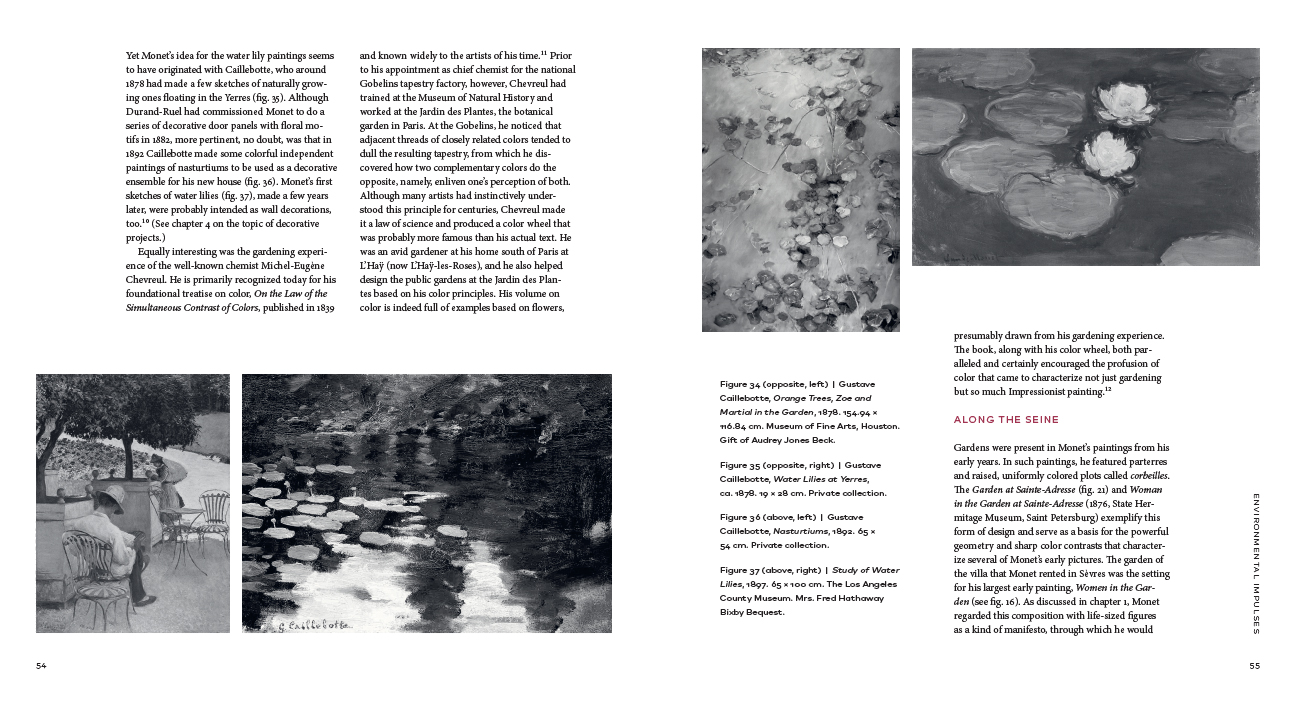
The myth of Impressionism is that it was reviled and misunderstood, but by the 1890s Monet was rich by anyone’s standards, and his works were considered French cultural treasures. Monet was featured in a propaganda film in response to German militarism, and he was persuaded by Georges Clemenceau to donate a number of his Water Lilies paintings to the French nation following the Treaty of Versailles. Taking this into account, Rubin uncovers how the theme of floating lily pads could serve political ends, exposing relationships between Monet’s apparently subject-free art and its material circumstances in the modern world.
Engagingly written, masterfully argued, and featuring more than 150 illustrations, Why Monet Matters is a major study of an artist who had the will and the talent to remain relevant to his time without conceding to its fashions. Scholars, students, and those who appreciate Monet and Impressionism will value and learn from this book.
“This impressive book is a valuable contribution to the scholarship on Monet and later nineteenth- and early twentieth-century French art and culture more broadly. By the end of it, readers will have a far richer understanding of the manifold ways that Monet’s late work intersects with major artistic, political, and philosophical currents of the period.”
James H. Rubin is Professor Emeritus of Art History at Stony Brook University. He is the author of thirteen books, including Impressionism; Impressionist Cats and Dogs: Pets in the Painting of Modern Life; and Impressionism and the Modern Landscape: Productivity, Technology, and Urbanization from Manet to Van Gogh, as well as more than seventy articles and exhibition catalog essays on nineteenth-century French art.
Contents
Preface and Acknowledgements
Introduction: A Monument to Peace
1 . A Paradox of Near and Far: A Train Ran Through His Garden
2 . Environmental Impulses: Performing Painting and Gardening
3 . Motifs and Meanings: Elements and Origins
4 . Decorative Theories and Practices: In the Time of Symbolism
5 . Flowers and Flesh: Color and the Feminine
6 . Philosophical Looking: Seeing with the Body
7 . The Politics of Paradise: Utopians and Malcontents
8 . Reputations and Legacies: Abstraction and the Modern
Conclusion: Man of His Times
Notes
Selected Bibliography
List of Illustrations
Index
Download a PDF sample chapter here: Introduction
Also of Interest
Mailing List
Subscribe to our mailing list and be notified about new titles, journals and catalogs.
